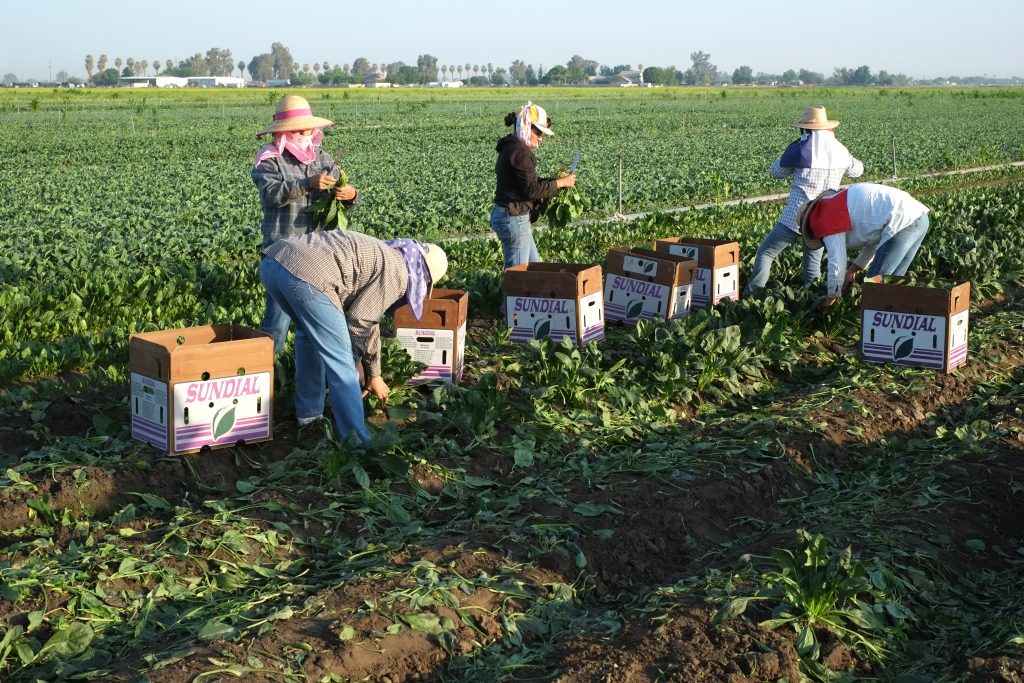By Clint Thompson
The future of the H-2A program rests with legislative reform. Specialty crop interest groups have lobbied for changes to the program for years. The fight continues.

Groups like the American Farm Bureau Federation (AFBF) continue to educate legislative leaders about the importance of reform to the sustainability of farming operations across the country.
John Walt Boatright, director of government affairs with American Farm Bureau, discussed the situation during the recent Florida Agricultural Policy Outlook Conference, hosted by the University of Florida Institute of Food and Agricultural Sciences Food and Resource Economics Department.
“A lot of folks we talk with on Capitol Hill will say, that doesn’t seem to be stopping producers from utilizing the program. Our response as an advocacy organization representing farmers and ranchers is that for many of these folks, it’s a program of last resort,” Boatright said. “It’s either they use this program, or they don’t have a labor force to be able to plant, harvest and maintain and take care of their crop.
“Many of these folks are using this H-2A program because of a diminishing domestic workforce that no longer has an interest in doing this type of work. That’s the explanations that we have to continue relaying to members of Congress and folks who are new to this discussion. The H-2A program, while we’re grateful that we have it, is becoming increasingly more difficult to utilize over time.”
Its difficulty is mostly attributed to the spike in the Adverse Effect Wage Rate (AEWR). The average rate for 2023 is $16.62; $14.33 in Florida and $13.67 in Alabama, Georgia and South Carolina. Florida received a 15% increase in the rate this year, while other southeastern states were at 14%
The rate’s inexplicable meteoric rise was made worse following the release of the final rule concerning the methodology of the program. The methodology was met with resistance by specialty crop groups, as it further raises labor costs beyond the annual AEWR increases while presenting disaggregated, higher wages for certain job occupations, according to AFBF.









